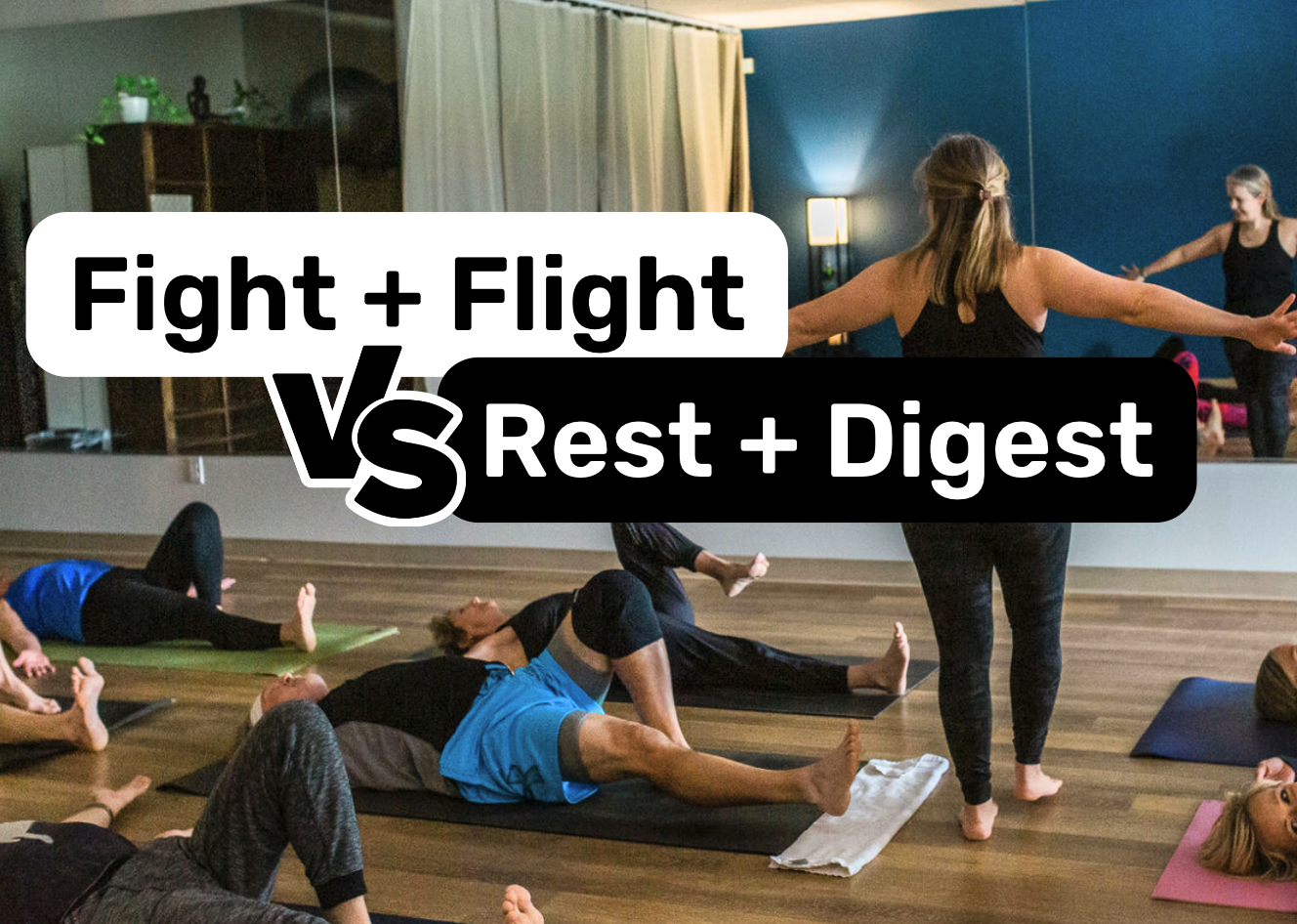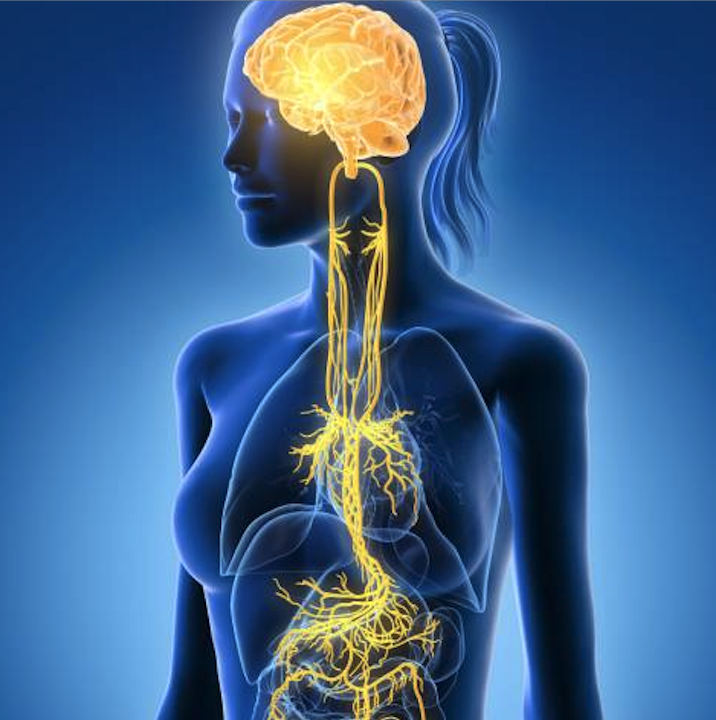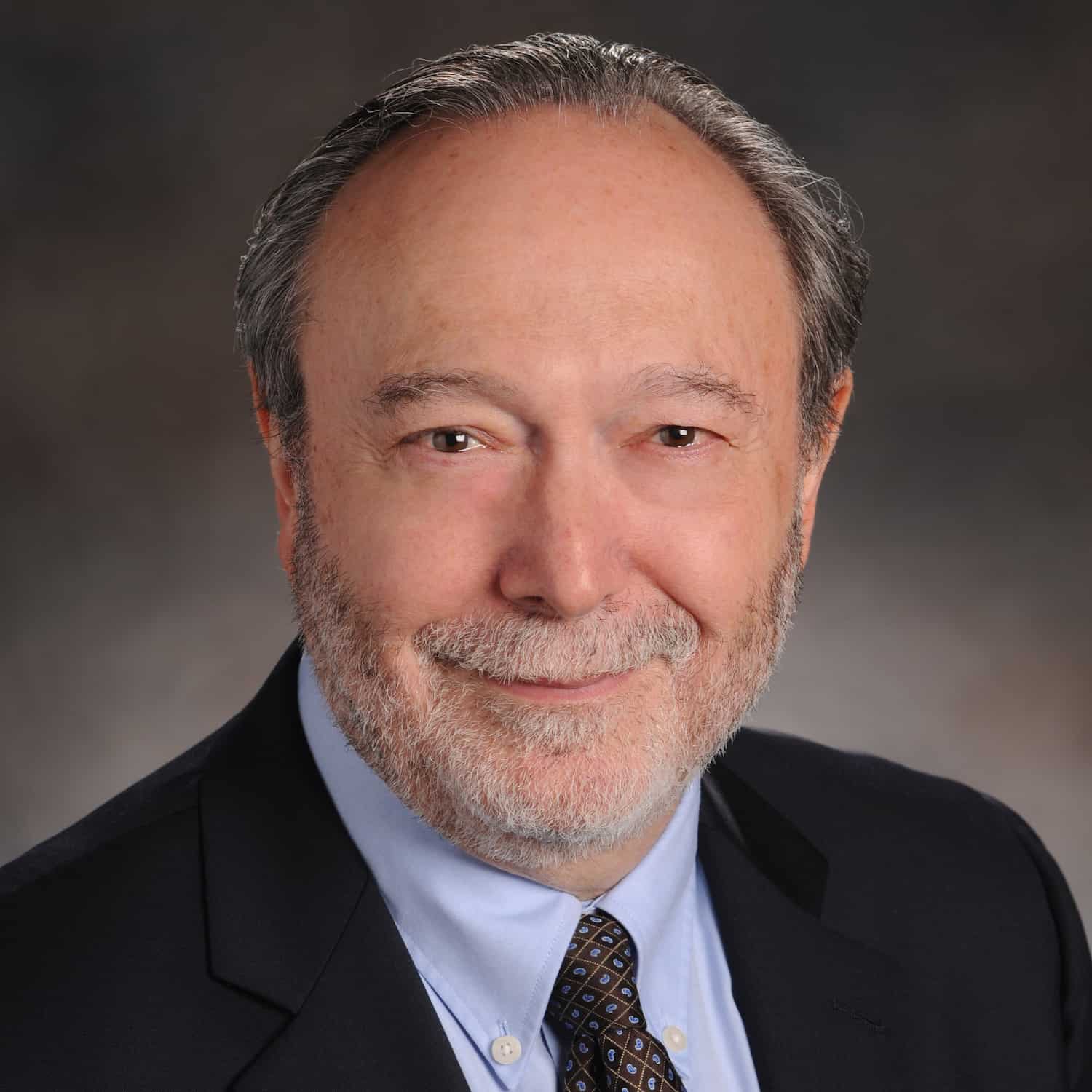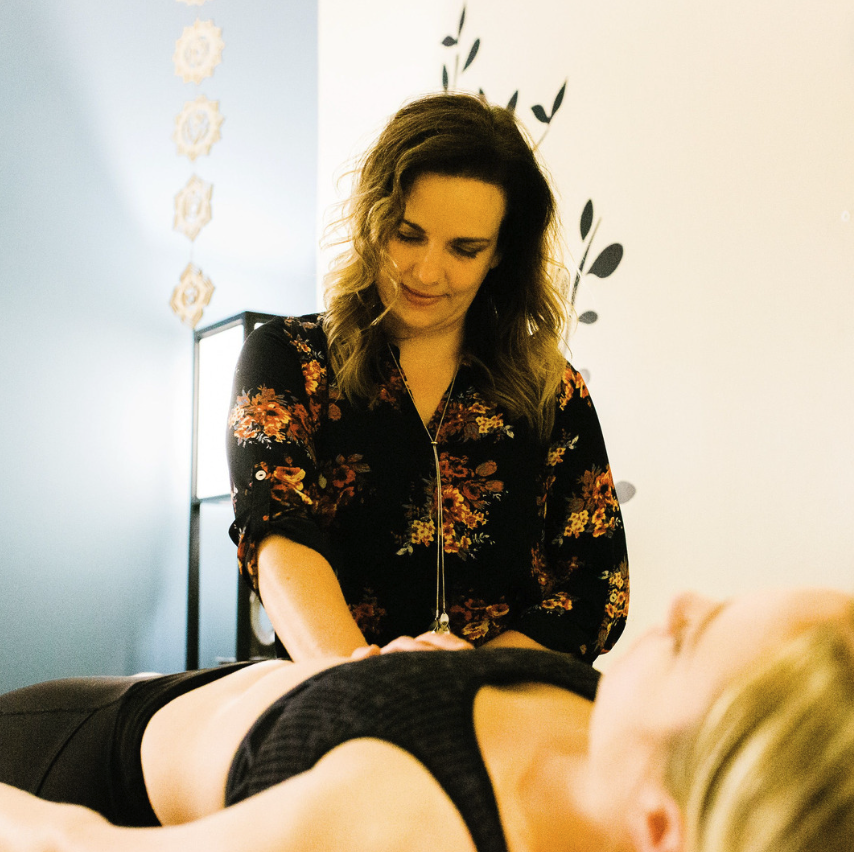Unraveling the Vagus Nerve
Our body’s quiet (or not so quiet) battle between Fight + Flight and Rest + Digest.

In recent years, there has been a growing interest in understanding the intricate workings of the human nervous system and its impact on our overall well-being. One key component that has emerged in this exploration is the vagus nerve. This remarkable nerve plays a vital role in regulating our body’s response to stress, emotions, and social interactions.
In this blog, we delve into the fascinating world of the vagus nerve, explore the polyvagal theory, and shed light on its relationship with CranioSacral Therapy.
The Vagus Nerve. A Brief Overview:
That’s VagUs…not VagAs. This nerve isn’t known for its night life! 😉
The vagus nerve, also known as the tenth cranial nerve, is the longest and most complex nerve in the human body. It originates in the brainstem and extends down through the neck, chest, and abdomen, branching out to various organs, including the heart, lungs, and digestive system.

It acts as a messenger, transmitting signals between the brain and these vital organs, influencing their function and overall regulation.

Dr. Stephen Porges, nervous system pioneer:
In recent years, the Polyvagal Theory has emerged as a groundbreaking framework for understanding the autonomic nervous system and its impact on our physiological and emotional experiences. Developed by Dr. Stephen Porges, this theory introduces a three-tiered hierarchy that sheds new light on the complex workings of the vagus nerve and its role in regulating our responses to stress and social interactions.
Understanding the Polyvagal Theory
The Polyvagal Theory provides a deeper understanding of the autonomic nervous system, which comprises the sympathetic and parasympathetic branches. While the sympathetic branch triggers the “fight or flight” response, and the parasympathetic branch elicits the “rest and digest” response, the Polyvagal Theory introduces a third element, known as the social engagement system.
The Three-Tiered Hierarchy:

The Social Engagement System
The social engagement system is associated with feelings of safety, connection, and social interaction. This system is regulated by the newest branch of the vagus nerve called the ventral vagus. When activated, it supports social engagement behaviors, such as facial expressions, voice modulation, and listening. The social engagement system allows us to form and maintain meaningful connections with others, promoting a sense of well-being.

The Parasympathetic Rest-and-Digest
The second tier of the hierarchy is the parasympathetic rest-and-digest response. It is associated with the more traditional understanding of the vagus nerve’s role in promoting relaxation, digestion, and restoration. When we feel safe and secure, the parasympathetic response is activated, allowing us to conserve energy, repair our bodies, and engage in nourishing activities.

The Sympathetic Fight-or-Flight
The third tier of the hierarchy is the sympathetic fight-or-flight response. It is associated with the body’s response to perceived threats or dangers. When we encounter a threat, real or perceived, the sympathetic branch of the autonomic nervous system activates, preparing us for action. This response triggers physiological changes, such as increased heart rate, heightened alertness, and the release of stress hormones, all aimed at helping us cope with the threat.
Implications for Well-Being
Understanding the three-tiered hierarchy of the Polyvagal Theory has significant implications for our well-being. When we feel safe and connected, the social engagement system and parasympathetic response dominate, allowing us to experience a sense of calm, connection, and optimal functioning.
However, when we feel threatened or stressed, the sympathetic fight-or-flight response may dominate, leading to increased stress levels and potential health issues.

How CranioSacral Therapy Helps:
CranioSacral therapy, with its focus on balancing the CranioSacral system and promoting relaxation, aligns with the principles of the Polyvagal Theory.
By addressing restrictions and imbalances in the body, CranioSacral Therapy can help activate the parasympathetic response and the social engagement system, facilitating a shift from a state of stress to one of relaxation and well-being.
Through gentle touch and subtle manipulations, CranioSacral Therapy aims to create a safe space for the nervous system to recalibrate and restore balance, promoting overall health and vitality.
By facilitating a shift towards safety, connection, and optimal functioning, CranioSacral Therapy can contribute to our overall health and promote a sense of well-being.

Ready to Feel Better?
Trinity Physical Therapy is located in Omaha, NE. We are chronic pain & complex conditions experts. We’re here to help you uncover the root cause of your pain & a roadmap to relief.
We want to answer any questions you might have. Here’s how to reach us:
